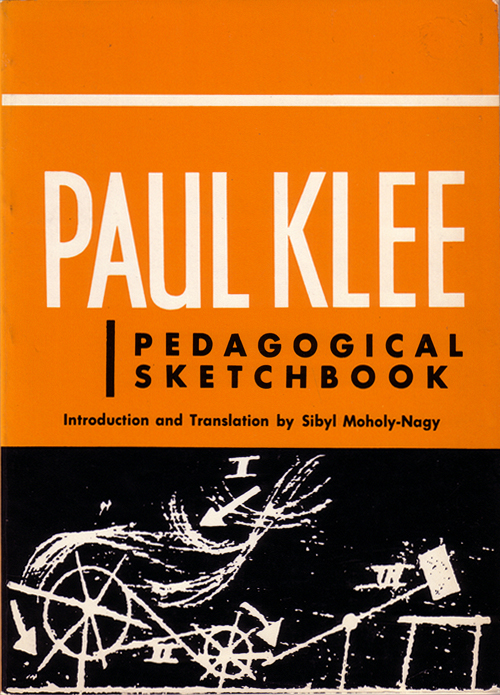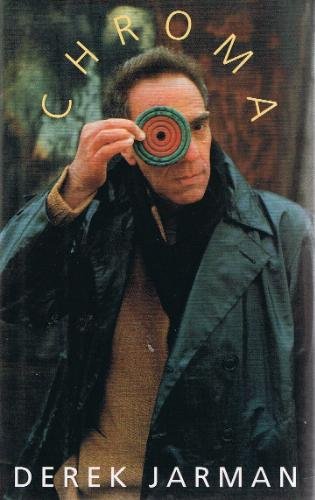Josef Albers: Glass, Color, and Light (1994)
Filed under catalogue | Tags: · architecture, art, colour, glass, light art

Josef Albers (1888-1976), famous as a master at Germany’s Bauhaus until 1933, and then a professor in American schools such as Yale University, influenced many young artists. His Homage to the Square series of paintings remains an important example of 20th-century art. Yet Albers’s first great works – the glass pictures that he made in Germany beginning in 1921 – remain little known. Starting with found fragments of colored glass, and later employing a sophisticated sandblasting process, Albers created a new art form.
Glass, Color and Light is the first monograph devoted to Albers’s work in this medium. Reproductions, 62 in color, of every extant glass picture are accompanied by full documentation by Brenda Danilowitz of the Josef Albers Foundation. Also illustrated and discussed are Albers’s architectural commissions in glass and those works that were lost or destroyed after the artist fled Nazi Germany. Essays by Nicholas Fox Weber, executive director of the Josef Albers Foundation, and Fred Licht, curator of the Peggy Guggenheim Collection, illuminate the many themes suggested by this extraordinary group of works, while a chronology of Albers’s life and professional career places the glass works in the context of his entire oeuvre.
Publisher Guggenheim Museum Publications, New York, 1994
ISBN 0810968649
152 pages
via Archive.org
Paul Klee: Pedagogical Sketchbook (1925–) [DE, EN, GR, RU]
Filed under book | Tags: · art, art education, bauhaus, colour, design, drawing, painting, theory

“Paul Klee occupies a unique position among the creators of modern art. Although he shed all ties with conventional presentation, he developed a closer and deeper relationship to reality than did most painters of his time. Without any attempt at imitation or idealization, he recorded proportion, motion, and depth in space as the fundamental attributes of the visual world.
Klee collected his observations in his Pedagogical Sketchbook intended as the basis for the course in design theory at the famous Bauhaus art school in Germany. From the simple phenomenon of interweaving lines, his work leads to the comprehension of defined planes-of structure, dimension, equilibrium, and motion. But he employs no abstract formulas. The student remains in the familiar world-a world that acquires new significance through the straight forward approach of Klee’s simple, lucid drawings and his precise captions. Chessboard, bone, muscle, heart, a water wheel, a plant, railroad ties, a tightrope walker-these serve as examples for the forty-three design lessons.
Pedagogical Sketchbook is a vital contribution toward a more human, more universal goal in design education the work of a visionary painter who dedicated himself to the practical task of making people see.” (from the Back cover)
Publisher Albert Langen, Munich, 1925
Volume 2 of Bauhausbücher series
50 pages
English edition
Introduction and Translation by Sibyl Moholy-Nagy
Publisher Frederick A. Praeger, New York, 1953
The original layout by L. Moholy-Nagy has been retained
65 pages
Pädagogisches Skizzenbuch (German, 33 MB, via Bibliothèque Kandinsky, added on 2014-8-17, updated on 2022-4-13)
Pädagogisches Skizzenbuch (German, PDF, JPG, in Heidelberg U Library, added on 2019-7-7)
Pedagogical Sketchbook (English, 1953 edition, no OCR)
Pedagogical Sketchbook (English, 1960 edition, 7th printing from 1972)
Παιδαγωγικό Σημειωματάριο (Greek, trans. Β. Λαγοπούλου, 1976)
Pedagogikheskie eskizy (Russian, trans. N. Druzhkovoy, 2005, added on 2014-3-6)
See also other titles in the Bauhaus Books series, as well as Klee’s class notes in manuscript and an edited version of his Notebooks.
Comments (10)Derek Jarman: Chroma: A Book of Color (1995)
Filed under book | Tags: · alchemy, art, colour, film, light

“Chroma is a meditation on the color spectrum by the celebrated late artist and filmmaker Derek Jarman. From the explosions of image and color in In The Shadow of the Sun, The Last of England, The Garden and Wittgenstein, to the somber blacks of his collages and tar paintings, Jarman has consistently used color in unprecedented ways, making his ideas on the subject of interest to filmmakers, film audiences, artists and students alike. Blue, his most personal and innovative film, consists of a compelling soundtrack accompanied by a monochrome blue image and is, among other things, a comment on Jarman’s diminishing eyesight due to AIDS. In his signature style, a lyrical combination of classical theory, anecdote, and poetry, Jarman takes the reader through the spectrum, introducing each color as an embodiment of an emotion, evoking memories or dreams. He explains the use of color in Medieval painting through the Renaissance to the modernists and draws on the great color theorists from Pliny to Leonardo. He writes too about the meanings of color in literature, science, philosophy, psychology, religion and alchemy. Read either as a work on color, or a distillation of Jarman’s artistic vision, Chroma presents an exciting perspective on the subject.”
Publisher Overlook Press, Woodstock, New York, 1995
ISBN 0879515740, 978-0879515744
151 pages
PDF (English, updated on 2018-1-30)
PDF (Russian)

